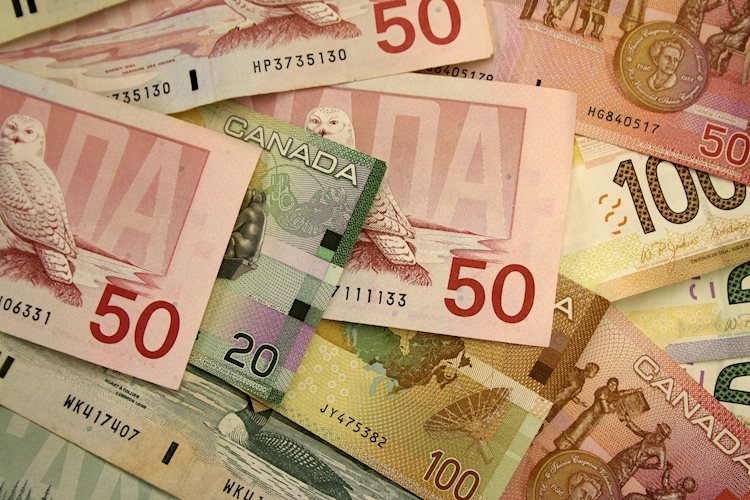The Canadian Dollar (CAD) saw a boost of around half a percent against the US Dollar on Monday, following the Federal Reserve’s decision to cut interest rates last week. Despite disappointing housing price figures coming out of Canada, the CAD managed to rise as the broader market sentiment weakened the US Dollar. US data also came in mixed on Monday, contributing to the overall softness of the Greenback and supporting the CAD’s gains.
The Canadian Dollar rallied on Monday, driven by the post-Fed rate cut environment. Canadian housing prices took a hit, with the New Housing Price Index showing a flat reading for both month-over-month and year-over-year figures. In contrast, US Purchasing Managers Index (PMI) figures had a mixed performance, with the Manufacturing PMI hitting a 14-month low and the Services PMI showing a slight decline. CAD traders will be watching the Bank of Canada Governor, Tiff Macklem, who is scheduled to speak at an upcoming forum.
The Canadian Dollar reached a three-week high against the US Dollar on Monday, pushing the USD/CAD pair below 1.3550. The pair struggled near the 200-day Exponential Moving Average, but ongoing bearish pressure on the Greenback could lead to further downside for the pair. The technical freeze near 1.3600 may give way to a fresh leg lower if market sentiment continues to weigh on the USD/CAD pair.
Key factors influencing the Canadian Dollar include interest rates set by the Bank of Canada, the price of Oil, the country’s economic health, inflation, and the Trade Balance. Market sentiment, particularly risk-on behavior, can also impact the CAD’s performance. The US economy, as Canada’s largest trading partner, plays a crucial role in shaping the value of the Canadian Dollar.
The Bank of Canada plays a significant role in influencing the Canadian Dollar through interest rate decisions. Higher interest rates are typically positive for the CAD, while quantitative easing and tightening measures can impact credit conditions. The price of Oil, as Canada’s main export, directly affects the CAD’s value, with higher Oil prices typically boosting the currency. Inflation, traditionally seen as negative, can actually lead to increased demand for the CAD if it prompts higher interest rates.
Macroeconomic data releases, such as GDP, PMIs, employment figures, and consumer sentiment surveys, also play a part in shaping the Canadian Dollar’s performance. A strong economy tends to support the CAD by attracting foreign investment and potentially leading to interest rate hikes. Conversely, weak economic data can lead to a decline in the CAD’s value. Overall, a combination of domestic and global factors influences the Canadian Dollar’s movements in the forex market.











